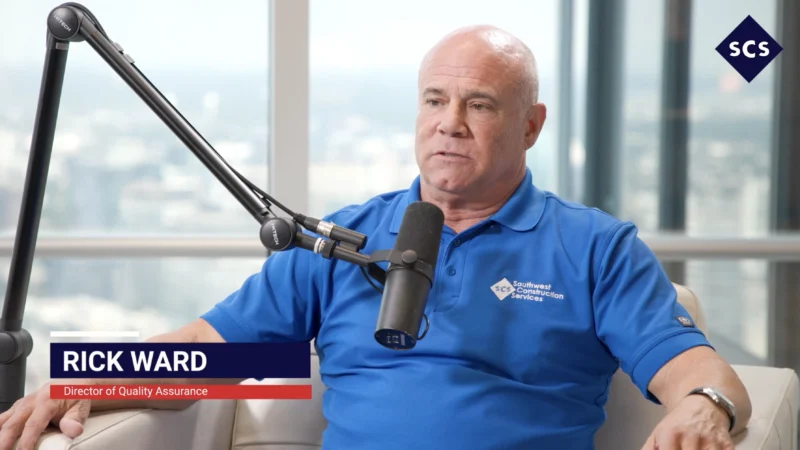4 Keys to a Quality Tower Inspection
#1 – USE AN EXPERIENCED TOWER INSPECTOR
- 5+ years of active “on-the-tower” experience
- Physical agility to ascend/descend 2,000’ towers
- Training, certifications, and credentials to climb[1]
#2 – PROVIDE CUSTOMER-CENTRIC REPORTING
- Tower inspection reports are engineering documents; must be clear, concise, complete
- Inspection reports must match needs and expectations of tower owner[2]
- Insurance companies/local jurisdictions can specify additional inspection/reporting requirements to protect tower assets, ensure public safety.
#3 – KEEP QUALITY INSPECTION RECORDS AND FOLLOW INSPECTION SCHEDULES
- Guyed Towers – every 3 years. Self-Support & Monopole Towers – every 5 years[3]
- Benefits of regular inspections:
- Reduced maintenance costs – by identifying/treating problems early
- Greater operational efficiency – by extending lifespan of aging structures
- Minimizing risk – by preventive measures that avert tower failures and potential injuries/deaths to tower workers and general public
#4 – STAY FOCUSED ON SAFETY
- Always strive for quality service in a timely manner, but never sacrifice safety.
- Conduct thorough job hazard assessments prior to climb; wear required personal protective equipment (PPE); possess credentials to climb, prevent falls, perform rescues.
- Be knowledgeable of OSHA requirements and related safety standards.[4]
Types of Tower Inspections
- General Inspection: high-level visual examination of structure to identify obvious errors or damage.
- Condition Assessment: more in-depth evaluation of structure and its components, including appurtenances. Requires specialized training.
- Mappings (2 primary types):
- Tower Mapping – locates all appurtenances on tower
- Structural Mapping – documents size and shape of structural members, gusset plate dimensions, tower geometry, and other critical components for structural analyses
Basic Components of a Tower Inspection
- Foundations and footings
- Structural verticality
- Structural condition, note deformities, cuts, warping, bending, corrosion
- Connections, tight and secure
- Appurtenance attachment and integrity
- Federal Aviation Administration (FAA) obstruction lighting, marking
- Safety components
- Grounding protection
—
FDH Infrastructure Services provides engineering, nondestructive investigation, and construction services to critical infrastructure markets, and is a leading provider of structural engineering services to the telecommunications and broadcast industries.
To contact a tower inspection expert, email: info@fdh-is.com. For more information on FDH’s tower services, visit www.FDH-IS.com.
*Be sure check out the NATE Star initiative here!
[1] Based on industry standards and regulations, as established by the Occupational Safety and Health Administration (OSHA), National Wireless Safety Alliance (NWSA), and others.
[2] Requirements may vary between wireless and broadcast towers
[3] Per requirements of the American National Standards Institute (ANSI), A10.48, Criteria for Safety Practices with the Construction, Demolition, Modification and Maintenance of Communications Structures; and Telecommunications Industry Association (TIA) 222 Revision H, Structural Standard for Antenna Supporting Structures, Antennas and Small Wind Turbine Support Structures.
[4] Participation in the National Association of Tower Erectors’ NATE STAR Initiative is a strong indication of a company’s safety commitment.









